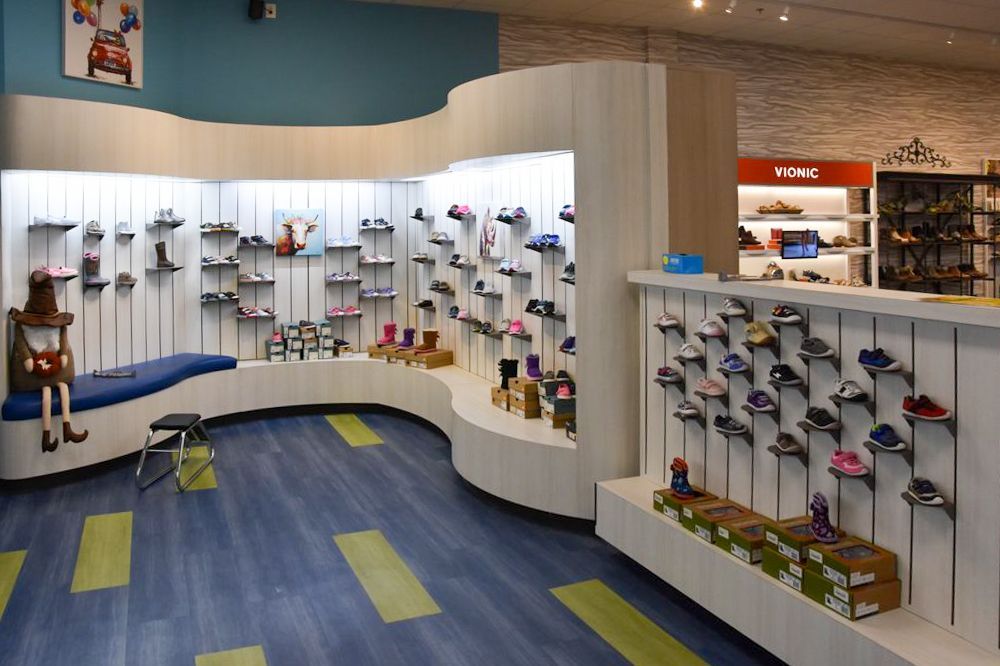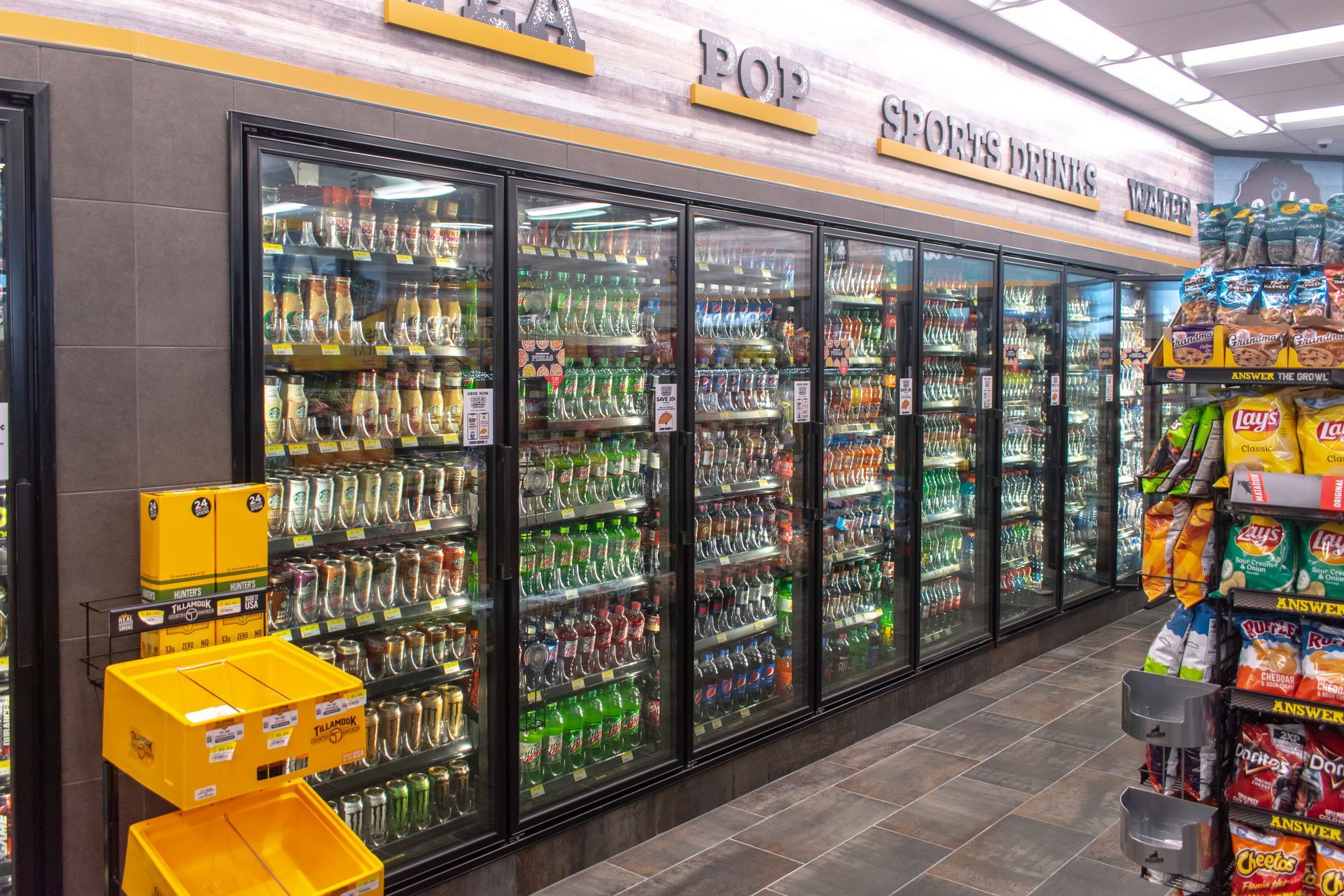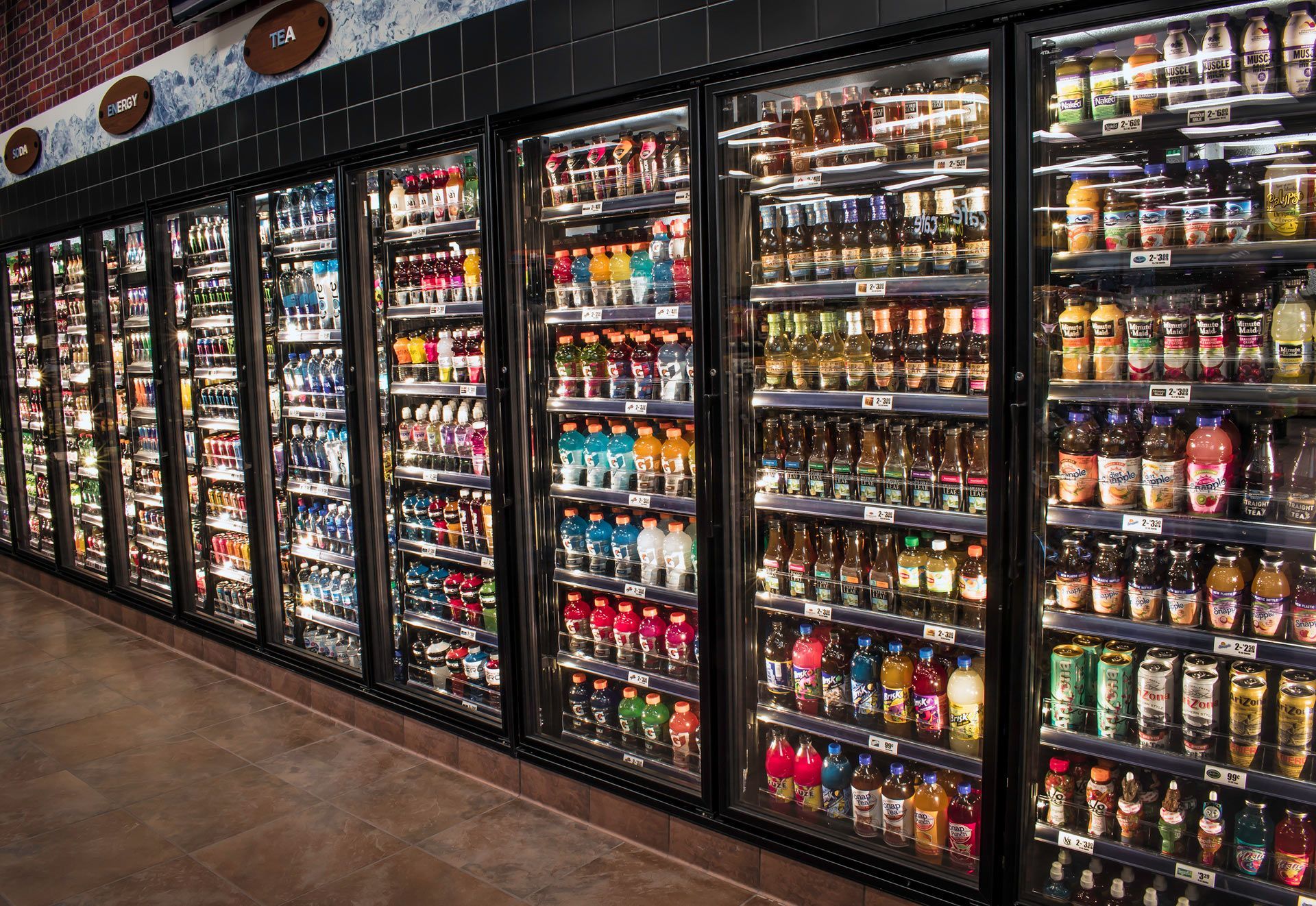Visual Merchandising Ideas for 2025: Innovating Retail Experiences
With online shopping growing rapidly, physical stores are under increasing pressure to stand out to the average consumer.
Out of all the possible ways to differentiate yourself from your e-commerce competitors, visual merchandising is crucial in attracting foot traffic and driving sales.
Here are some visual merchandising ideas and trends emerging as we head into 2025 that will help retailers stay ahead of the competition.
Immersive and Interactive Displays
Shoppers crave interaction, not just browsing.
In 2025, stores will continue to focus on offering immersive experiences.
Augmented reality (AR) mirrors, touchscreens, and holographic displays will all help you engage customers.
For example, AR mirrors can let shoppers “try on” clothes or see how furniture fits in their home without touching the items.
These
interactive setups
keep shoppers engaged longer, making the shopping experience more memorable. By encouraging participation, retailers build stronger connections between customers and products.
Sustainability in Visual Merchandising
Eco-conscious shoppers demand sustainable practices, and stores will reflect this in their visual merchandising.
Displays made from recyclable, biodegradable, or upcycled materials will appeal to environmentally aware customers. Natural fibers, plants, and earthy tones will further enhance this eco-friendly image.
Retailers can use their displays to tell stories about sustainability, highlighting how products are made or showcasing efforts to protect the environment, which can resonate with shoppers and build trust and brand loyalty.
Tech-Infused Product Displays
Unsurprisingly, technology will continue to take a more significant role in product displays.
We are beginning to see stores that use motion sensors, smart shelves, and digital signage to personalize the shopping experience. Motion sensors can trigger targeted content when shoppers approach, while intelligent shelves suggest products based on buying habits.
QR codes will continue evolving, allowing customers to scan and view videos, product details, or customer reviews. This “phygital” experience (blending physical and digital tactics) will create a more informed and engaging shopping journey.
Smart mannequins may also become popular; they can change outfits or display digital content based on customer preferences, adapting to different audiences throughout the day.
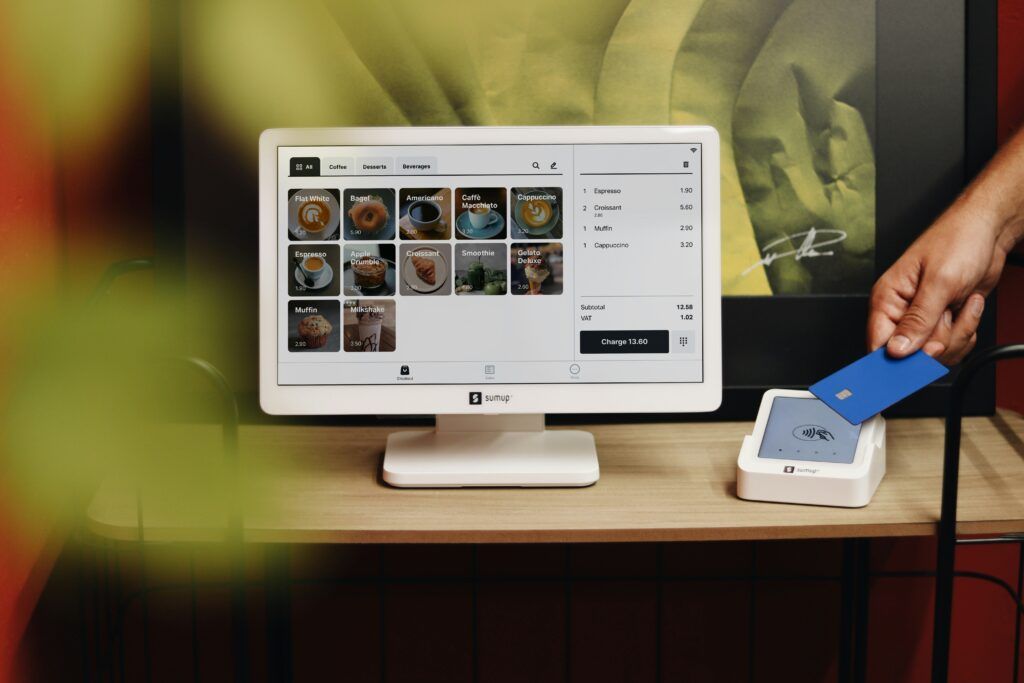
Omnichannel Displays
We are beginning to see that traditional retail is increasingly merging their online and offline experiences.
One prediction is that in 2025, omnichannel displays will link a store’s physical presence with its digital platforms. Interactive kiosks and QR codes will direct shoppers to online inventories or social media, enhancing the shopping experience.
Window displays will also evolve. Customers can browse products or place orders from outside the store using touchscreens, even after hours.
This seamless integration makes it easy for customers to switch between in-store and online shopping.
Storytelling Through Visuals
Retailers will want to continue focusing on maximizing their physical space.
Modular displays, which can be easily rearranged, will help stores adapt quickly to seasonal changes or promotions. These flexible setups allow retailers to update layouts without significant redesigns.
Creative use of vertical space will also become essential. Hanging displays or stacked shelves make the most of smaller spaces, giving stores a more dynamic look.
Adjustable shelving units will let retailers change displays quickly, keeping things fresh and flexible.
Modular and Flexible Displays
Retailers will focus on maximizing space. Modular displays, which can be easily rearranged, will help stores adapt quickly to seasonal changes or promotions. These flexible setups allow retailers to update layouts without major redesigns.
Creative use of vertical space will also become essential. Hanging displays or stacked shelves make the most of smaller spaces, giving stores a more dynamic look. Adjustable shelving units will let retailers change displays quickly, keeping things fresh and flexible.
Lighting as a Design Element
Lighting will play a more significant role in in-store designs. Beyond function, lighting will guide customer attention and set moods.
LED lights can highlight specific products or create dynamic atmospheres that shift throughout the day.
For example, soft lighting can create a cozy feel in home décor sections, while vibrant, colorful lights can energize athletic wear displays.
Programmable lighting will adjust to different product categories, times of day, or even customer behaviors, enhancing the shopping experience.
Thematic and Seasonal Rotations
Retailers can maintain interest and drive traffic by frequently refreshing the store’s look.
Rotate thematic and seasonal setups to align with holidays, events, and promotions; this helps keep customers engaged and excited about visiting regularly.
Seasonal elements—like beach themes for summer or holiday décor for winter—will make displays feel timely and relevant.
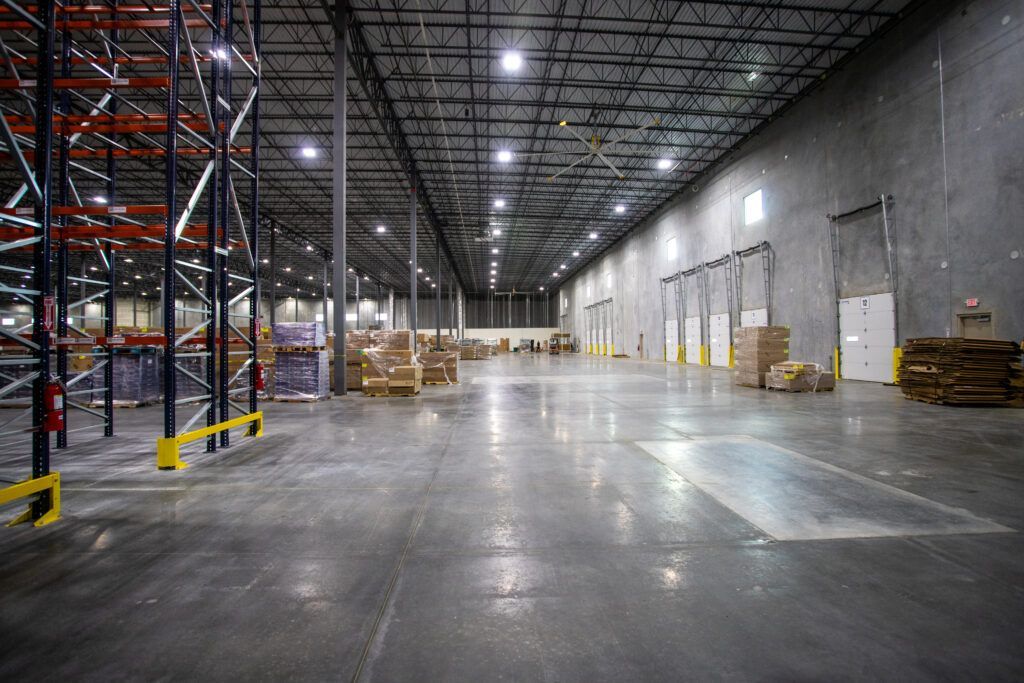
Get in Touch With Butler Merchandising Solutions
Visual merchandising in 2025 will focus on creating immersive, interactive, and sustainable shopping environments.
By embracing technology, storytelling, and flexible design, retailers can attract customers and build stronger connections.
Innovating with these visual merchandising ideas will help brick-and-mortar stores stay competitive in a digital-first world.
Ready to improve your retail signage with displays? Contact us today to learn how our expert team can help you design and implement effective corrugated display solutions tailored to your brand’s unique needs.

